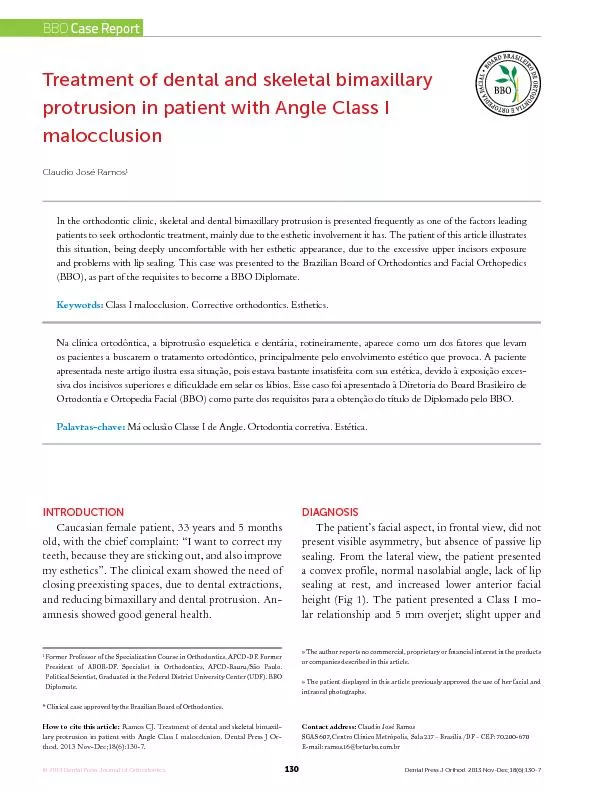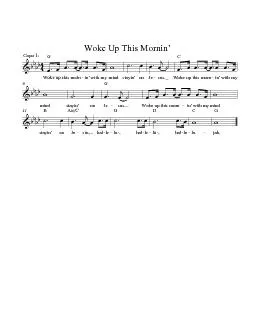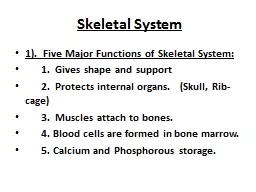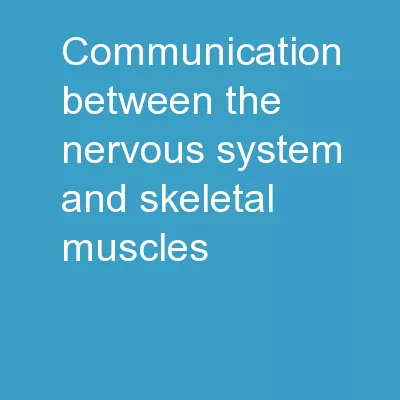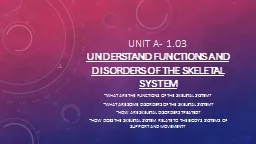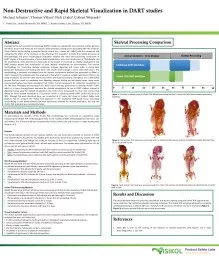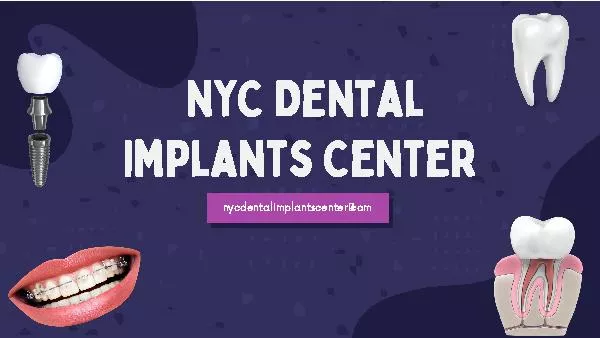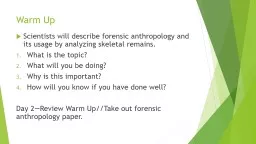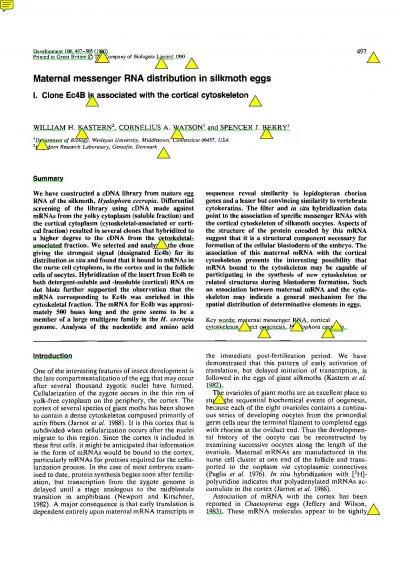PDF-Treatment of dental and skeletal bimaxillary protrusion in patient wit
Author : olivia-moreira | Published Date : 2016-07-15
130 INTRODUCTION Caucasian female patient 33 years and 5 months old with the chief complaint 147I want to correct my teeth because they are sticking out and also
Presentation Embed Code
Download Presentation
Download Presentation The PPT/PDF document "Treatment of dental and skeletal bimaxil..." is the property of its rightful owner. Permission is granted to download and print the materials on this website for personal, non-commercial use only, and to display it on your personal computer provided you do not modify the materials and that you retain all copyright notices contained in the materials. By downloading content from our website, you accept the terms of this agreement.
Treatment of dental and skeletal bimaxillary protrusion in patient wit: Transcript
Download Rules Of Document
"Treatment of dental and skeletal bimaxillary protrusion in patient wit"The content belongs to its owner. You may download and print it for personal use, without modification, and keep all copyright notices. By downloading, you agree to these terms.
Related Documents

